ROUND THE WORLD
55 - PUTTING ON THE RITZ, LISBON 6 May 2025
From the grand roundabout encircling the rather pompous monument dedicated to the 1st Marquis of Pombal, the chief minister to King Joseph 1 from 1750 to 1777, we walked up the hill along the left side of Parque Eduardo VII passing the charming Pavilhão Carlos Lopes.
From the top of the park there’s a great view over the city past the apparently despotic Marquis on his pedestal, down the Avenue da Liberdade to the waters of the Tagus and the hills beyond.
Here, at the top of the park and from such a commanding position, there’s an important commission waiting to happen. The current dismal offering really does need to be replaced by a piece of sculpture of greater scale, significance and quality.
Beyond the park to its right side and worth a glance, you’ll see, housed in a ordinary but handsome early 20th century classical style building, the Diwan do Imamat Ismaili, home to the cultural and religious centre of the Ismaili community; closed when we passed but apparently open from time to time.
Of real architectural and artistic interest is the adjacent Palácio da Justiça also know as the Civil Courts Building designed by Januário Godinho and João Andresen and built between 1962 and 1970.
Along this building’s grand external colonnade and skilfully integrated into it’s crisp design, the tiled panels by Jorge Barradas, Júlio Resende, Querubim Lapa and Amândio Silva looked particularly good in the evening light.
Standing adjacent to the Palácio da Justiça, convenient for the transfer of detainees for court appearances, is the high-security prison commonly referred to as Cadeia de Lisboa or Prisão de Lisboa. Having passed its entrance, forbidding metal gates adorned with double key symbols and flanked by two crenellated towers, we headed down R. Rodrigo da Fonseca where our hosts had once lived. Should you follow in our footsteps don’t miss paying attention to the many handsome buildings populating this smart residential area.
At the end of this street there’s a undistinguished building commissioned by António de Oliveira Salazar, Portugal's President from 1932 to 1968, who demanded of it a luxury establishment to host his ‘distinguished’ international guests and proof that Lisbon could ‘do luxury’ as well as any other European capital. Porfírio Pardal Monteiro commenced his designs for the building in 1952 and, following his death in 1957, the project was completed by his nephew António Monteiro and Jorge Ferreira Chaves. Salazar’s hotel opened in 1959 and now goes by the name of ‘Four Seasons Hotel Ritz Lisbon’.
By now, feeling slightly fatigued, a cocktail at ‘The Ritz’ seemed like a great idea so in we went; happily so or we would have missed sight of hotel’s extensive mid 20th century art collection. If you’d like to share this bounty and have an iPad scan the QR code below.
My favourites, amongst many ‘strong likes’, were the striking tapestries designed by José de Almada Negreiros and woven by the Manufactura de Tapeçarias de Portalegre.
Video
© Text and Images Derek Frost 2025




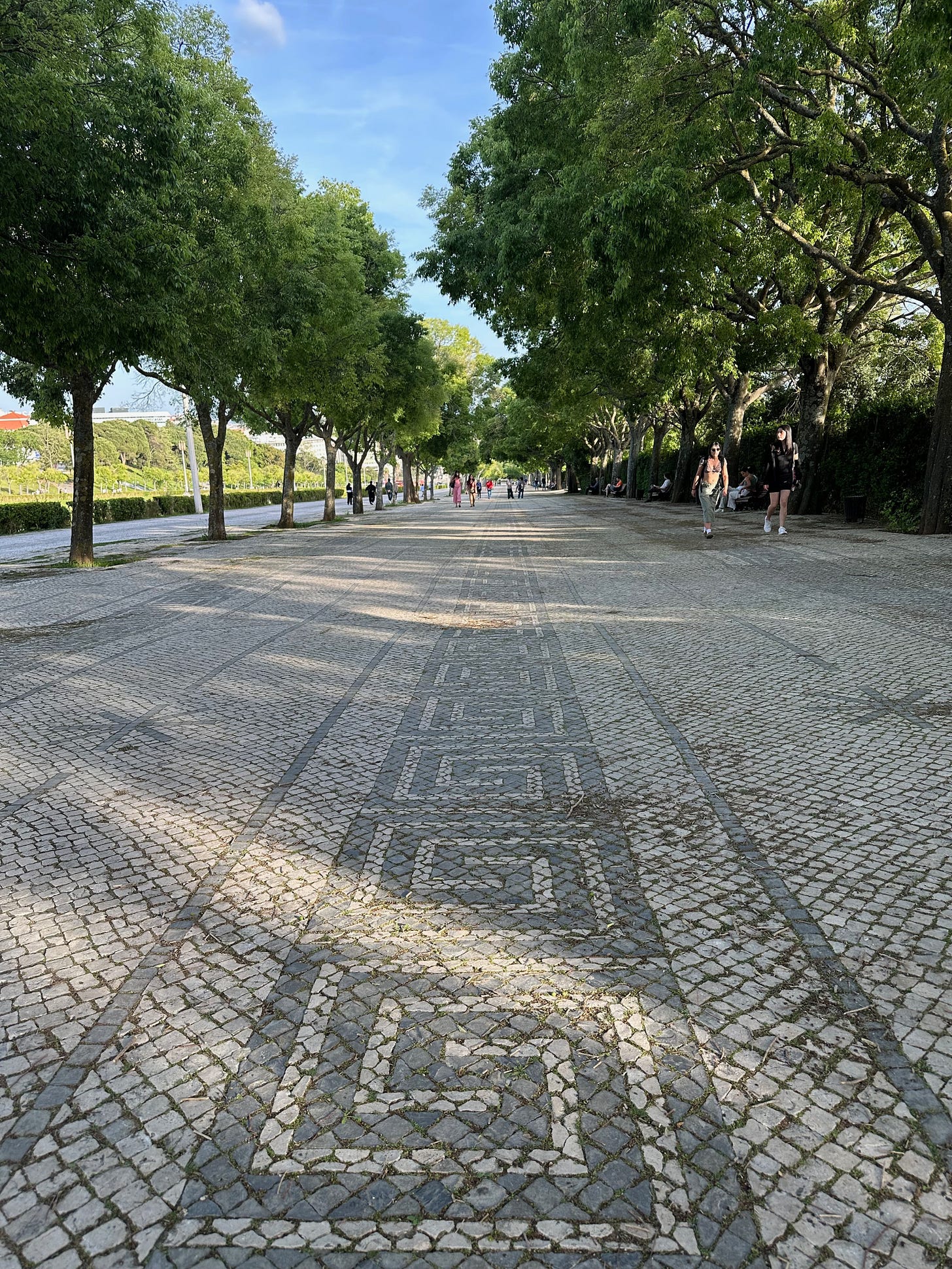
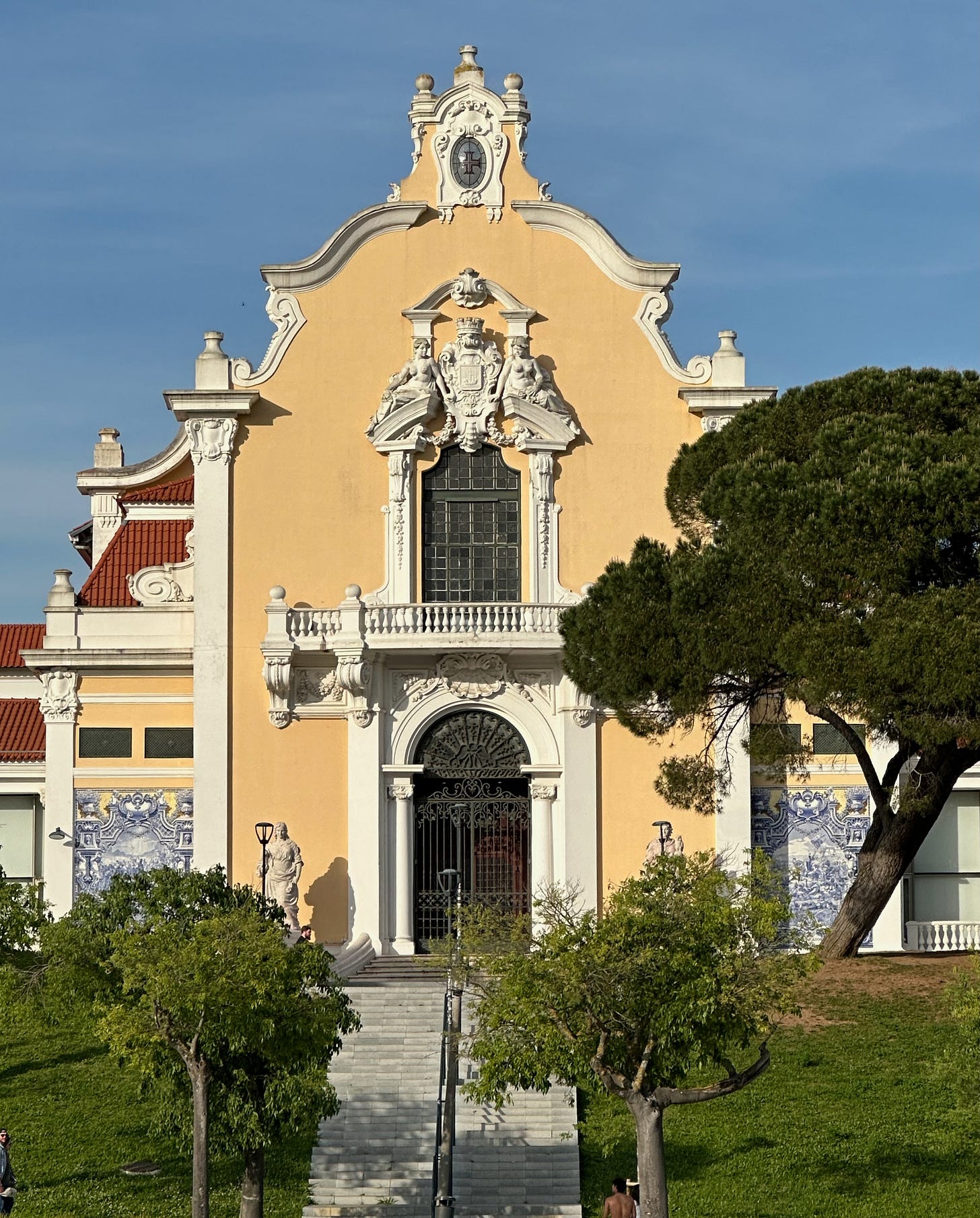
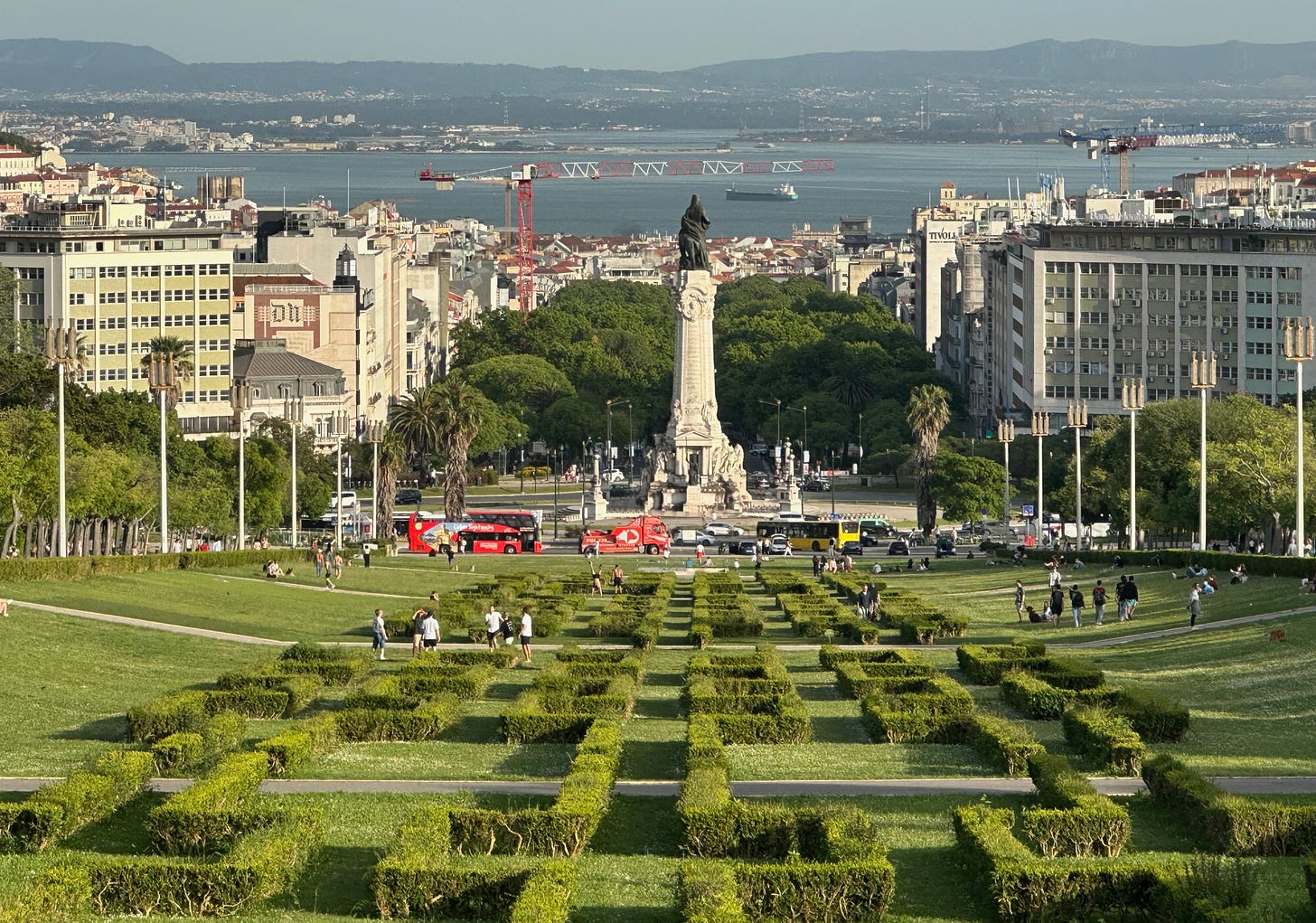
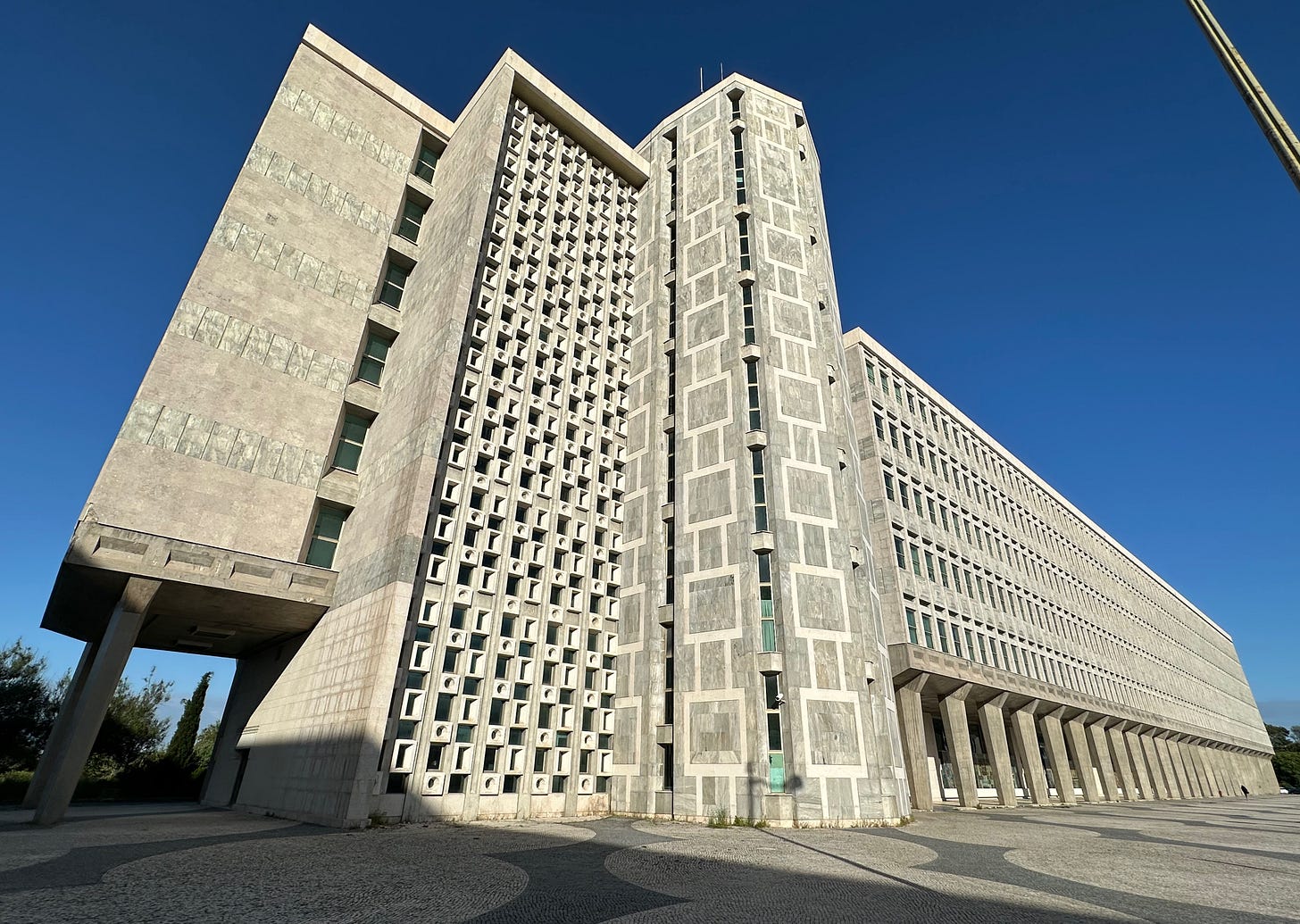

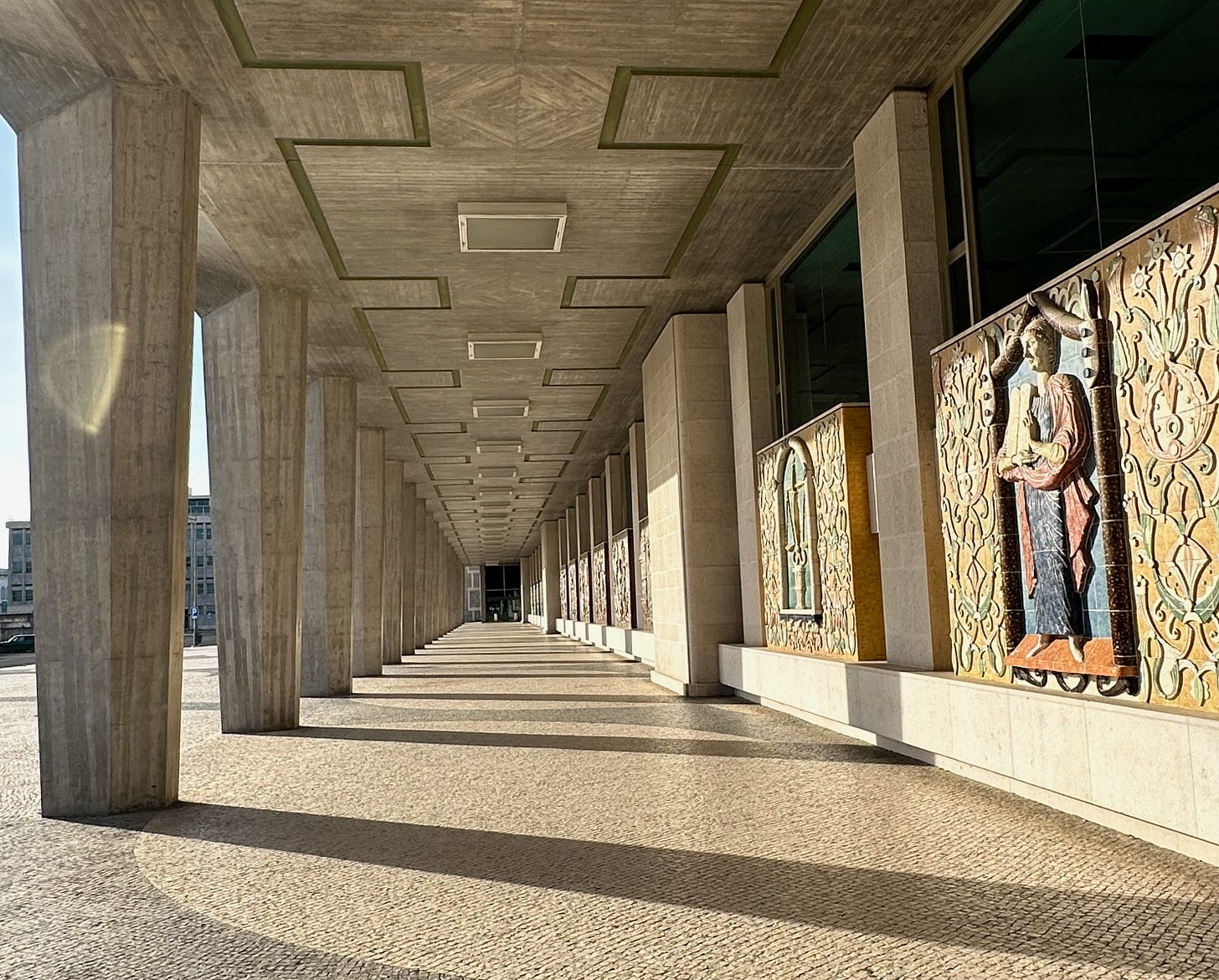
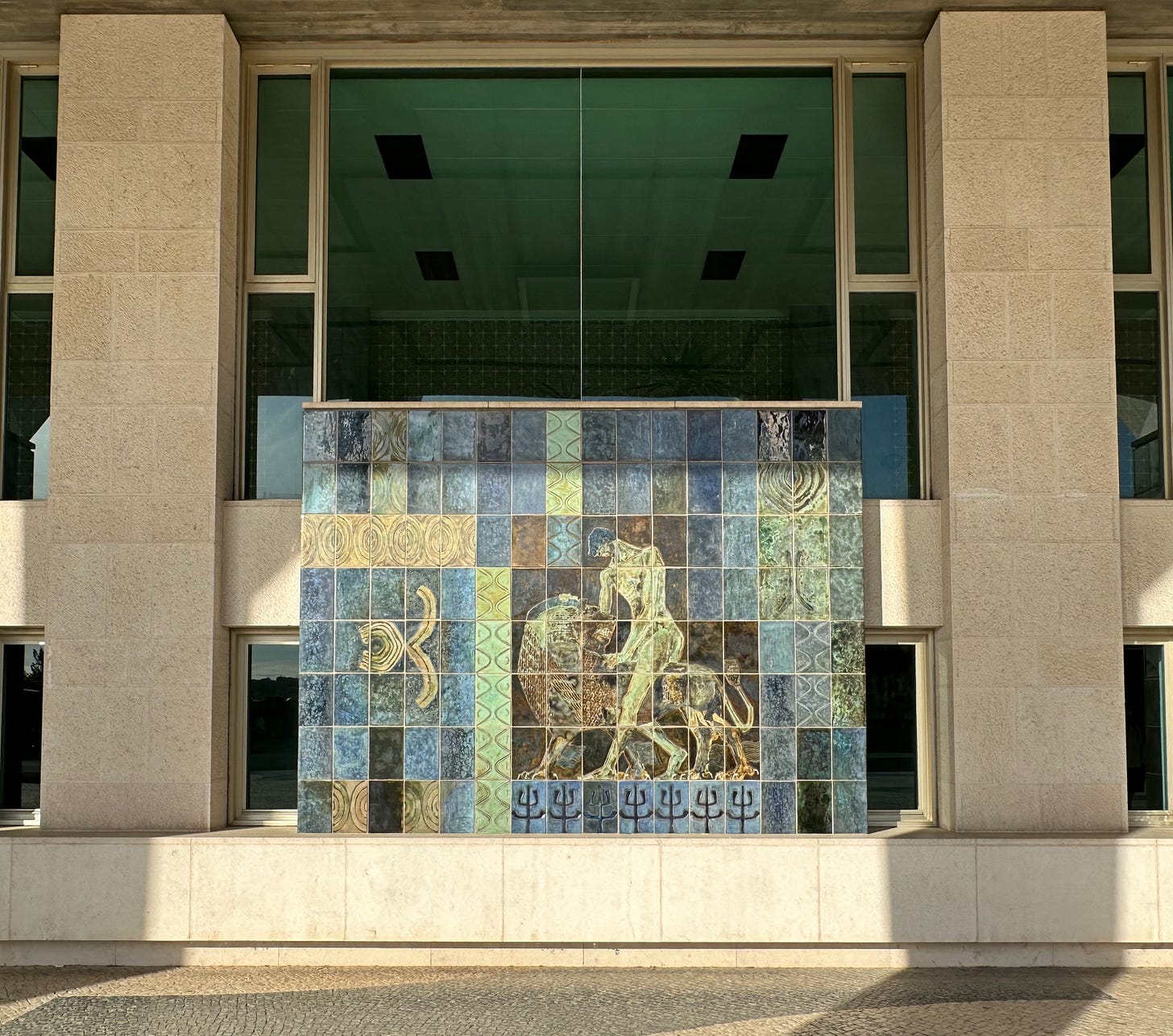
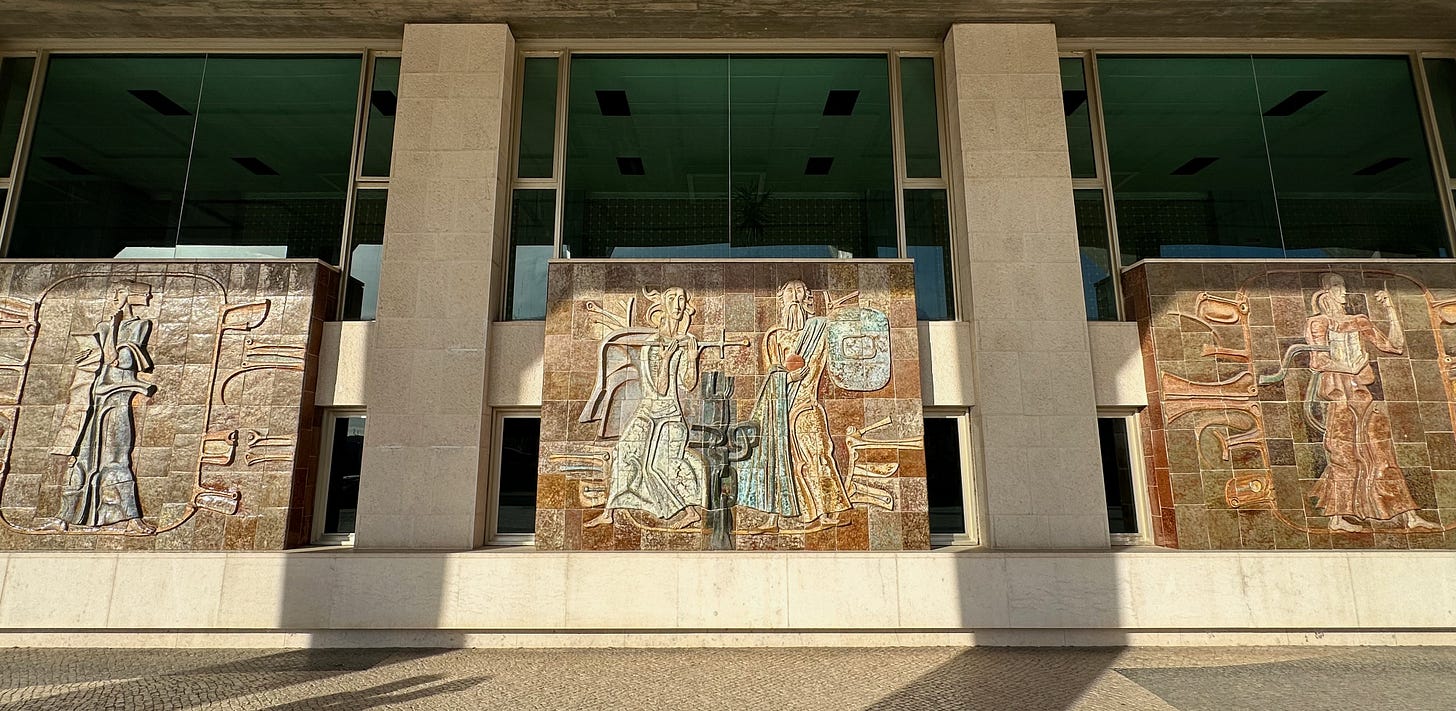
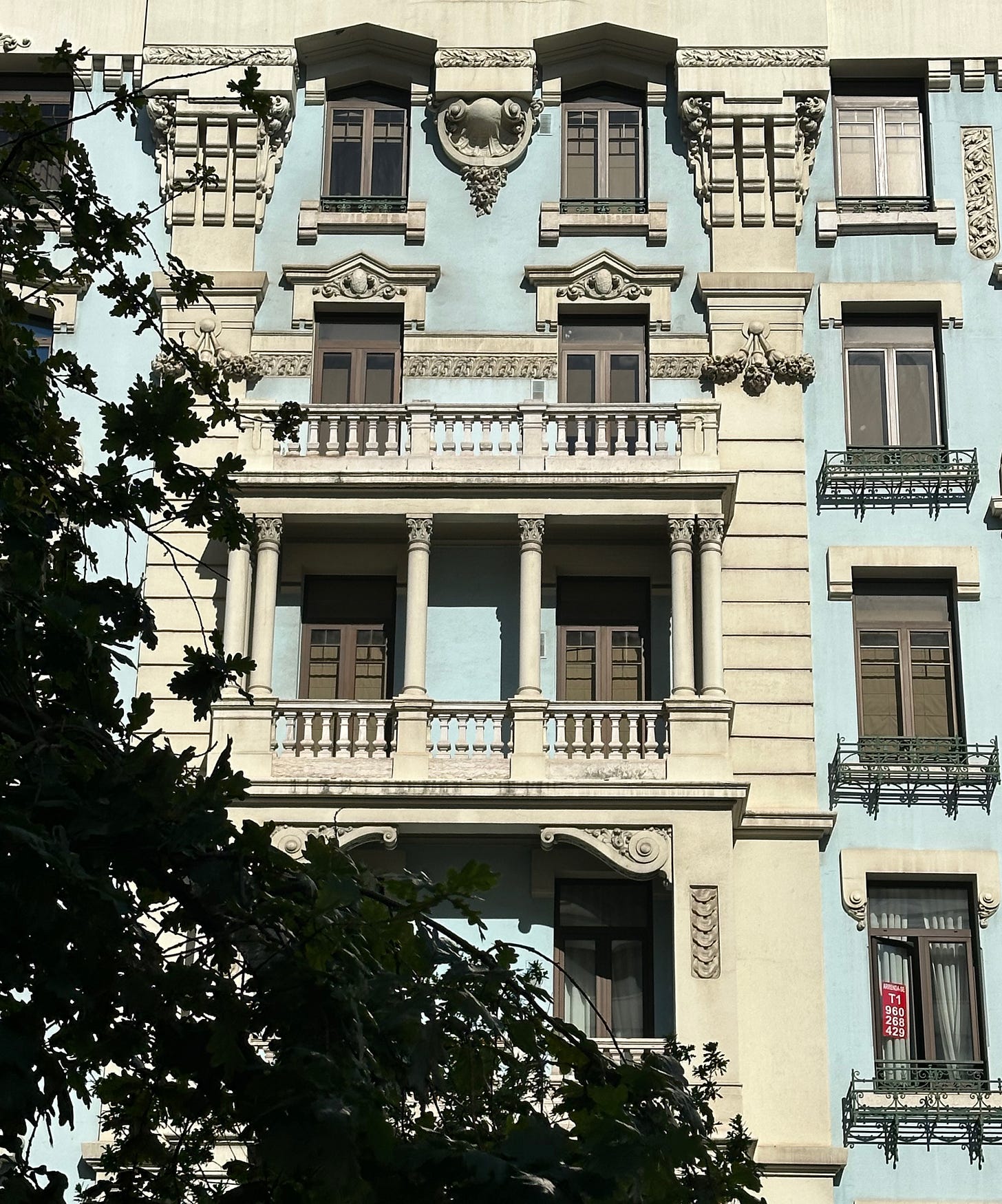
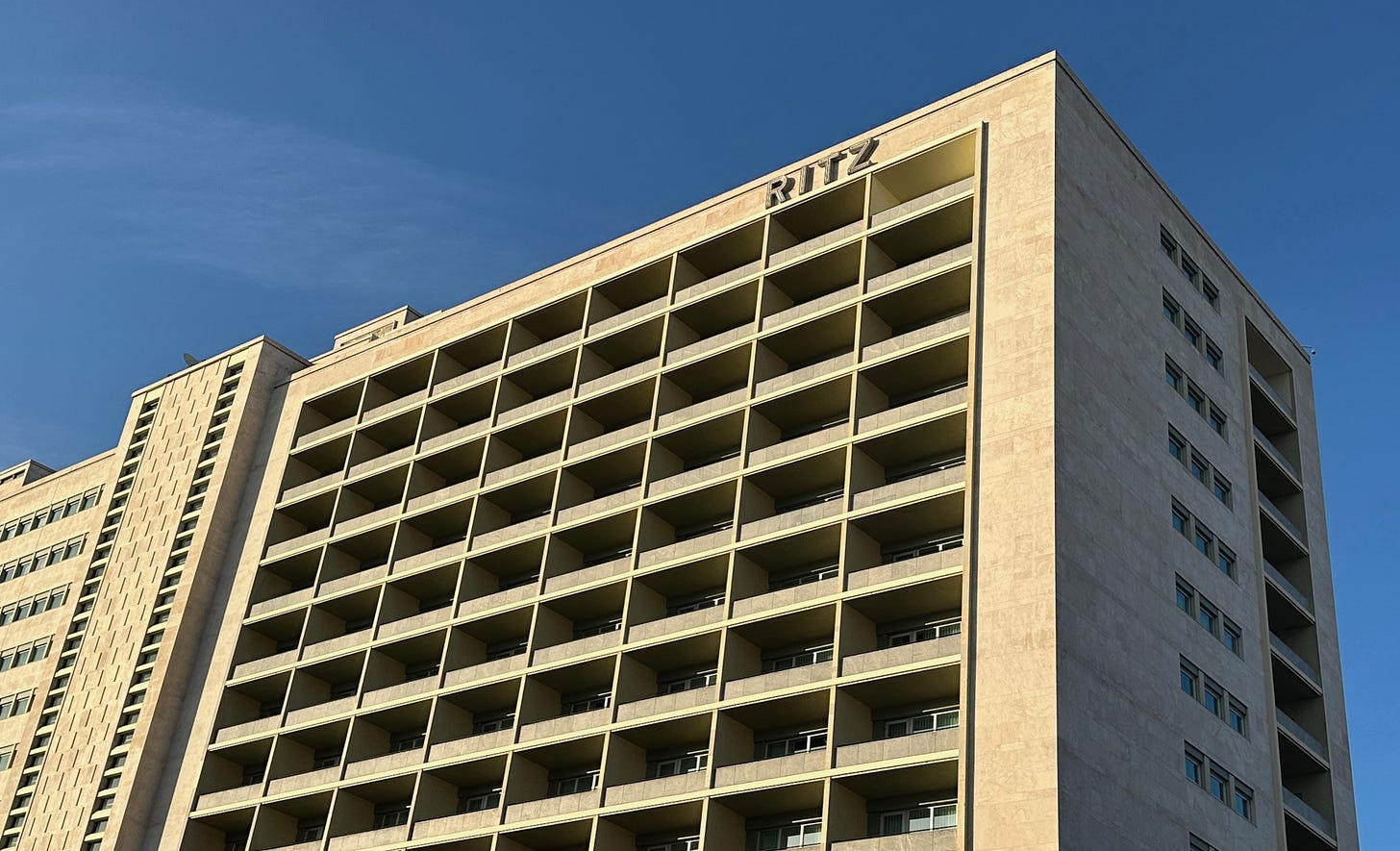

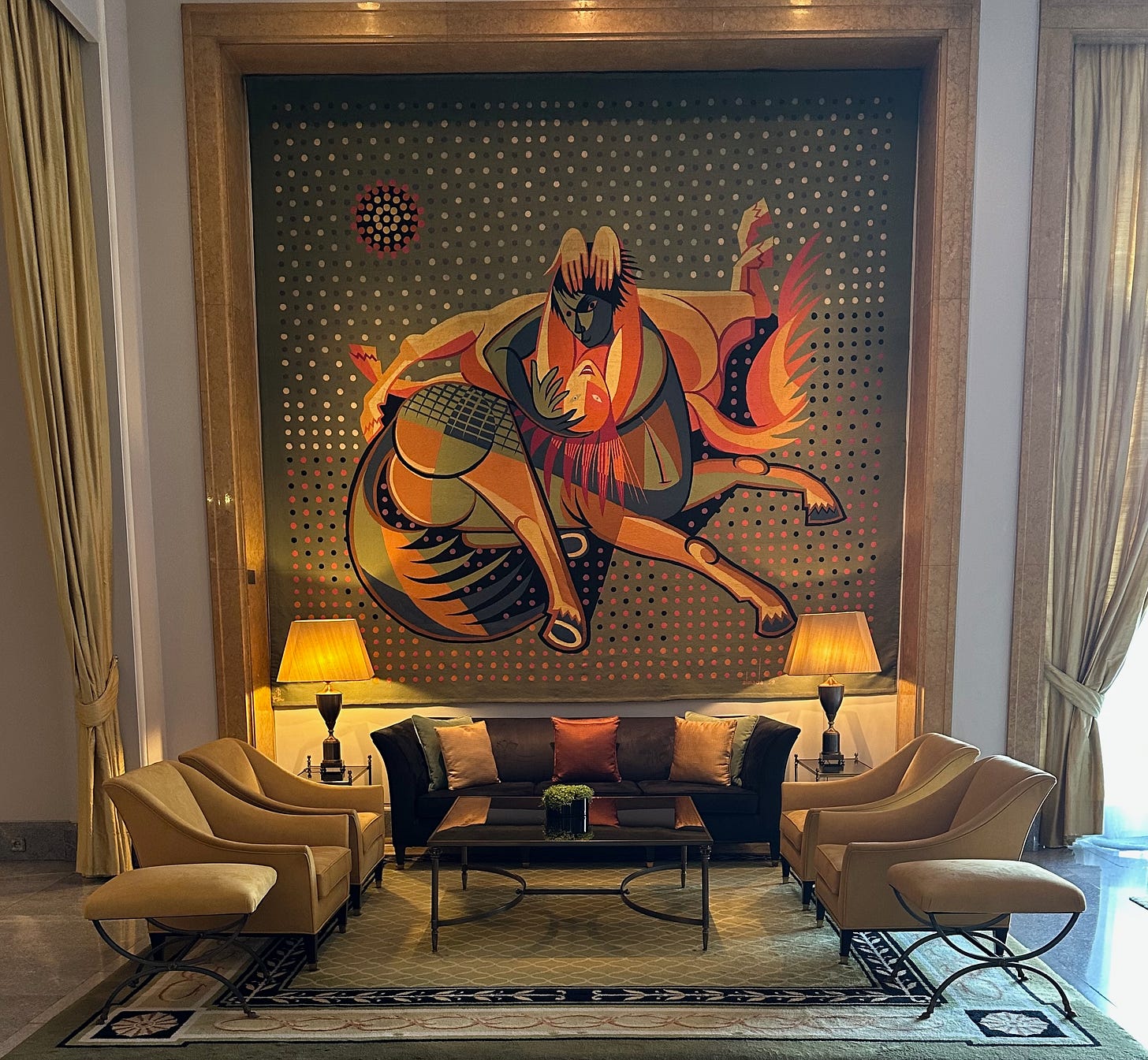
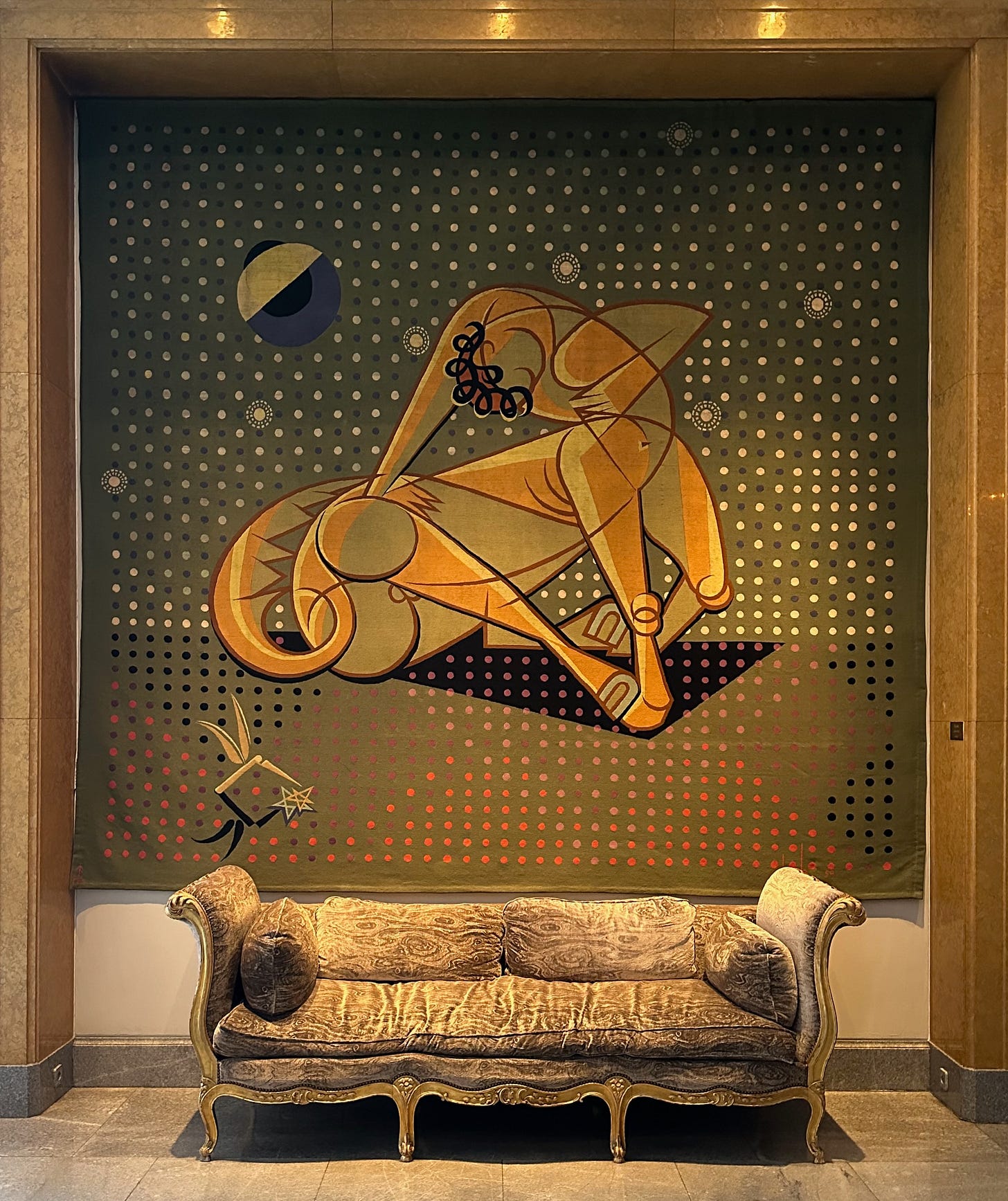
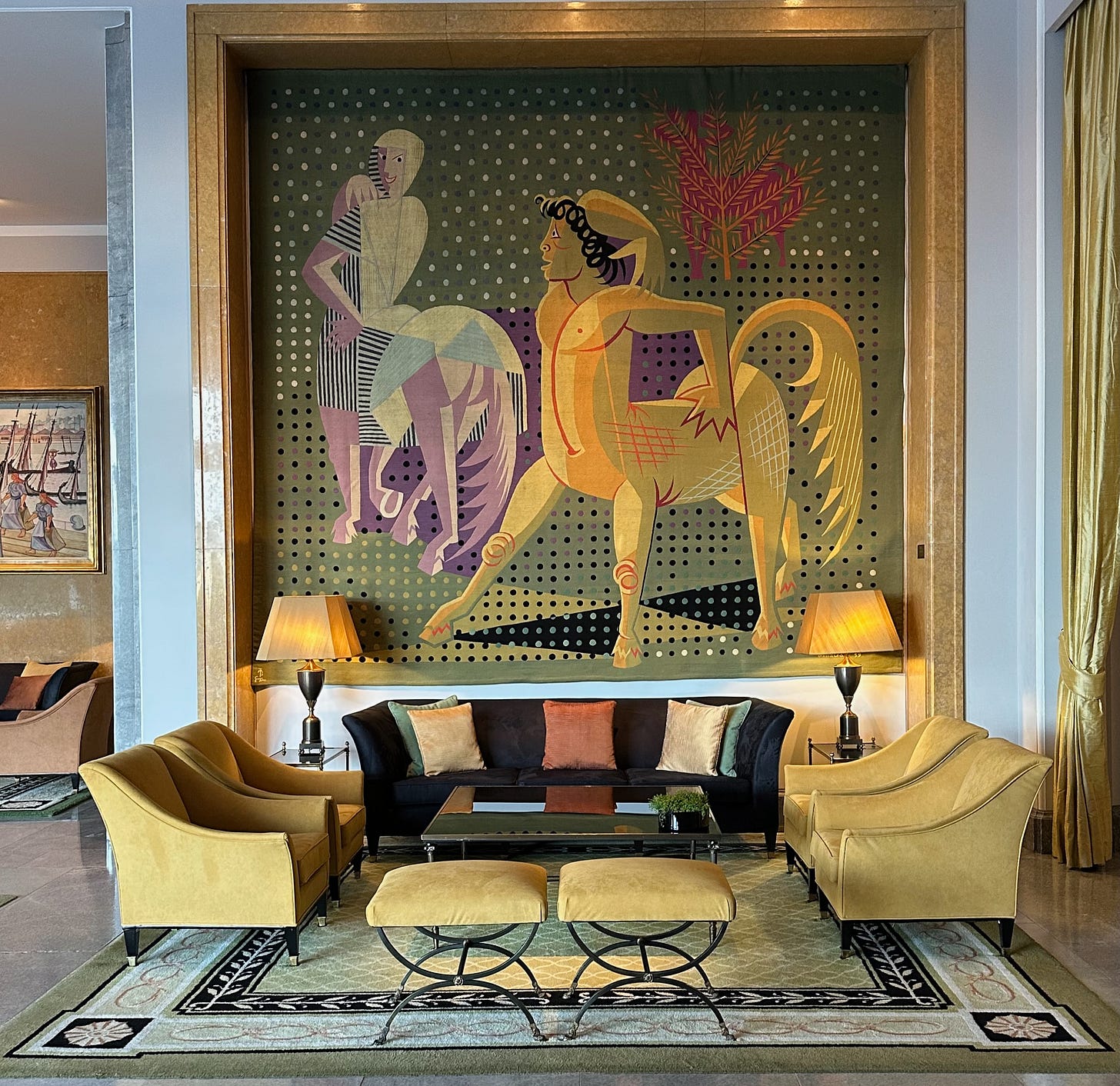
Ahhhh Lisbon. Someday.....
Fantastic 👏🏼👏🏼